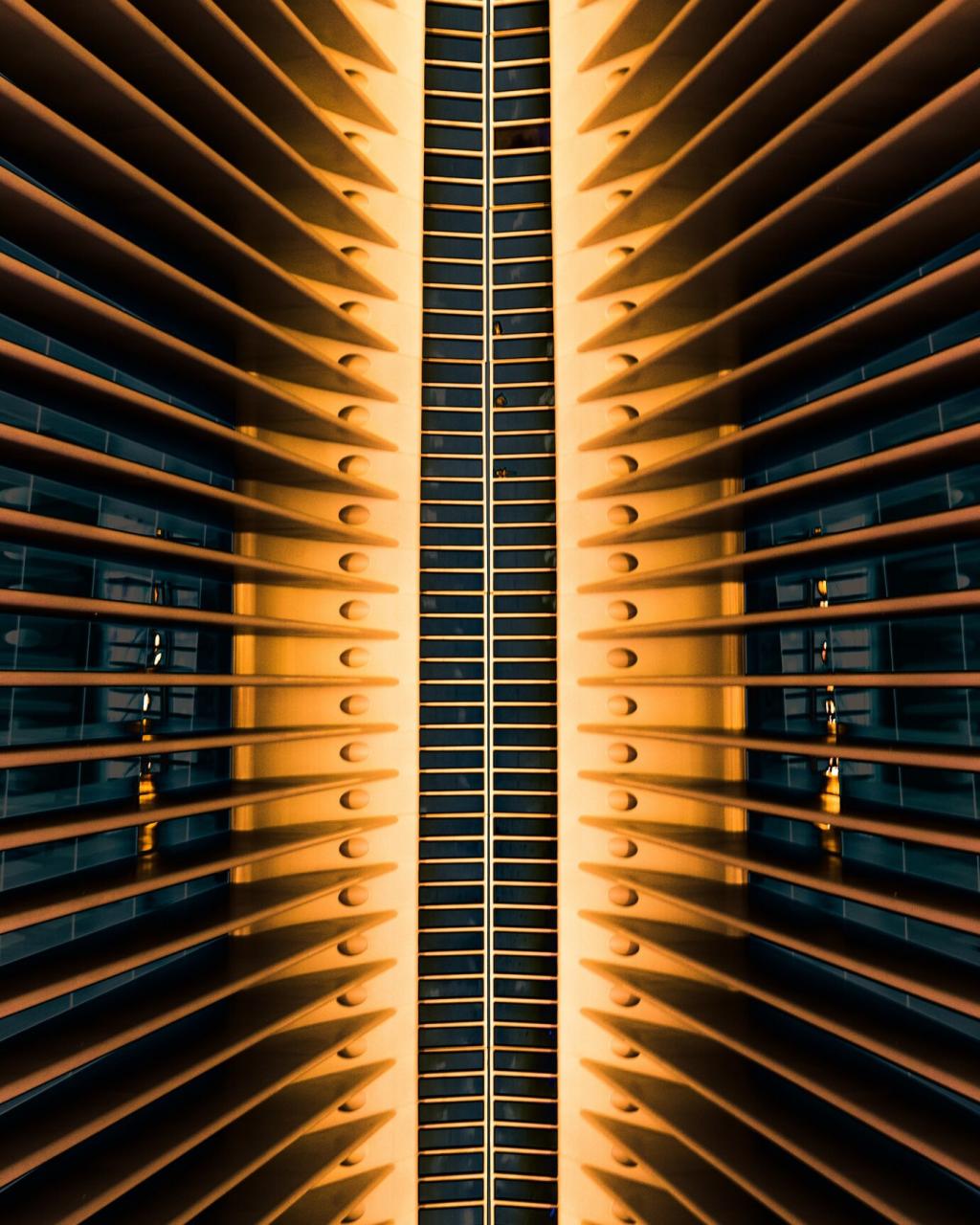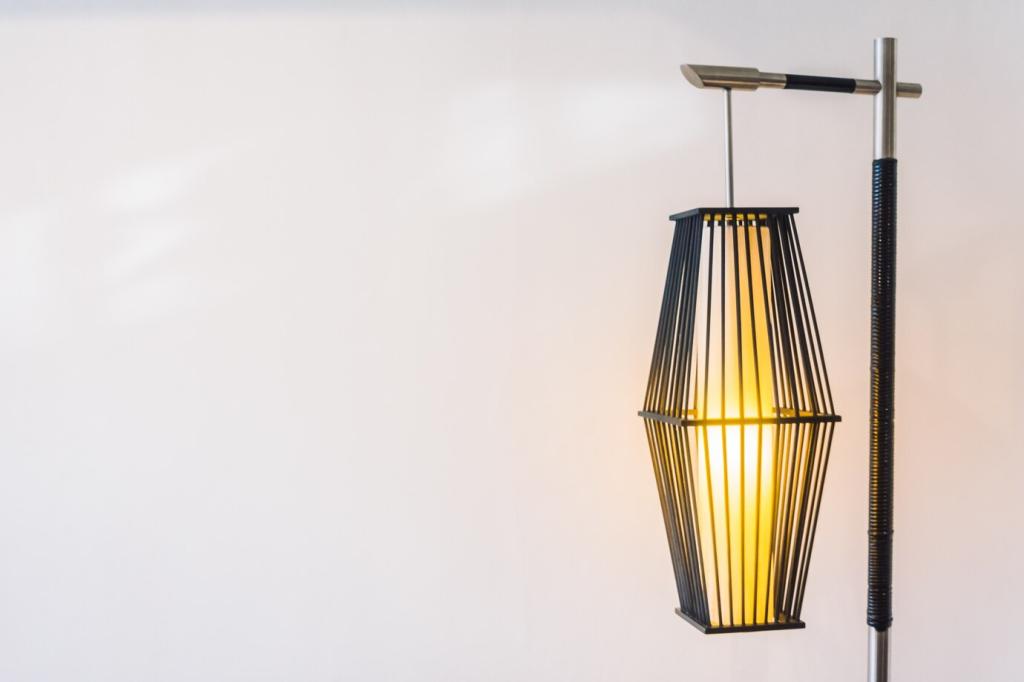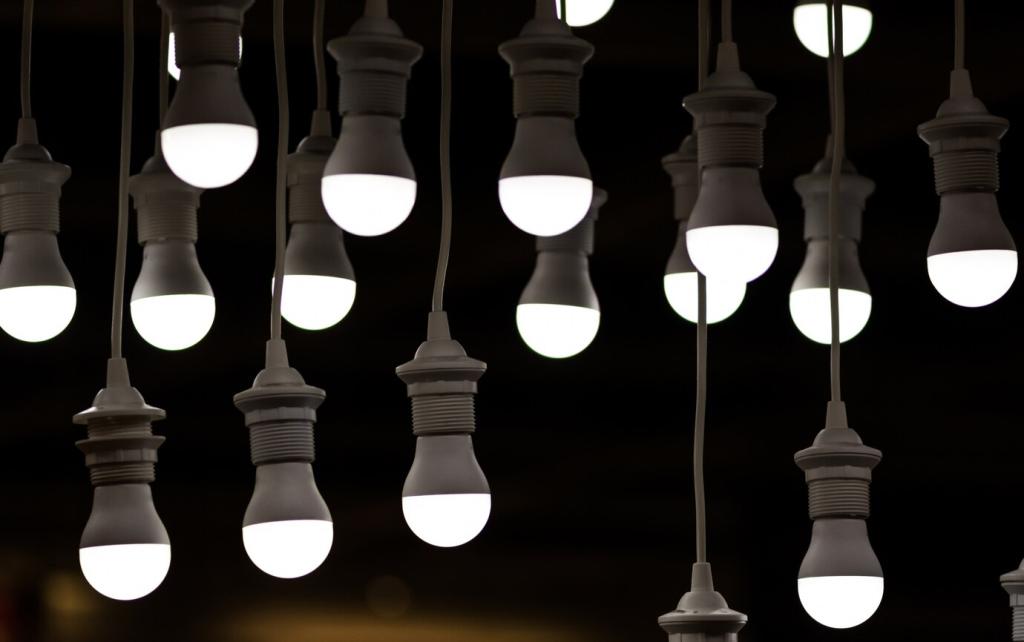This website uses cookies so that we can provide you with the best user experience possible. Cookie information is stored in your browser and performs functions such as recognising you when you return to our website and helping our team to understand which sections of the website you find most interesting and useful.
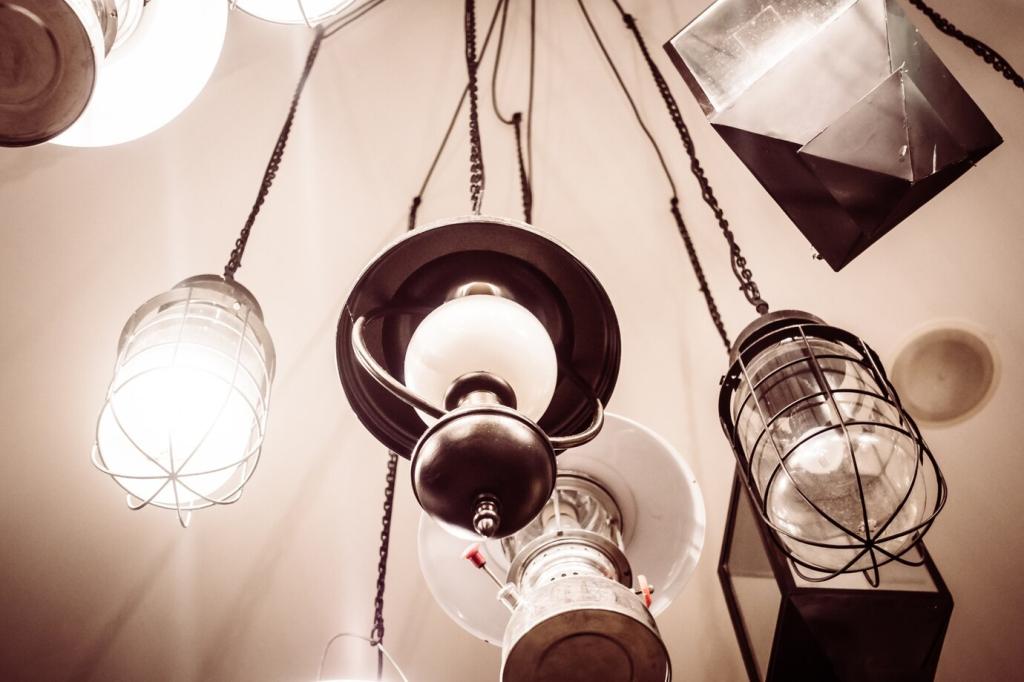
Energy-Efficient Indoor Lighting Options
Energy-efficient indoor lighting is rapidly transforming the way we illuminate our homes and workplaces. As concerns about environmental sustainability and energy costs grow, more individuals and businesses are seeking alternatives to traditional lighting solutions. Modern lighting technologies not only minimize electricity consumption but also provide superior performance and versatility for interior spaces. Choosing the right energy-efficient lighting can dramatically reduce utility bills, lower carbon footprints, and even improve the ambiance of indoor environments. In this comprehensive overview, we will explore various energy-saving lighting options, discuss their unique benefits, and provide insights into optimizing indoor lighting for efficiency and comfort.
Understanding Energy-Efficient Lighting
The Evolution of Indoor Lighting
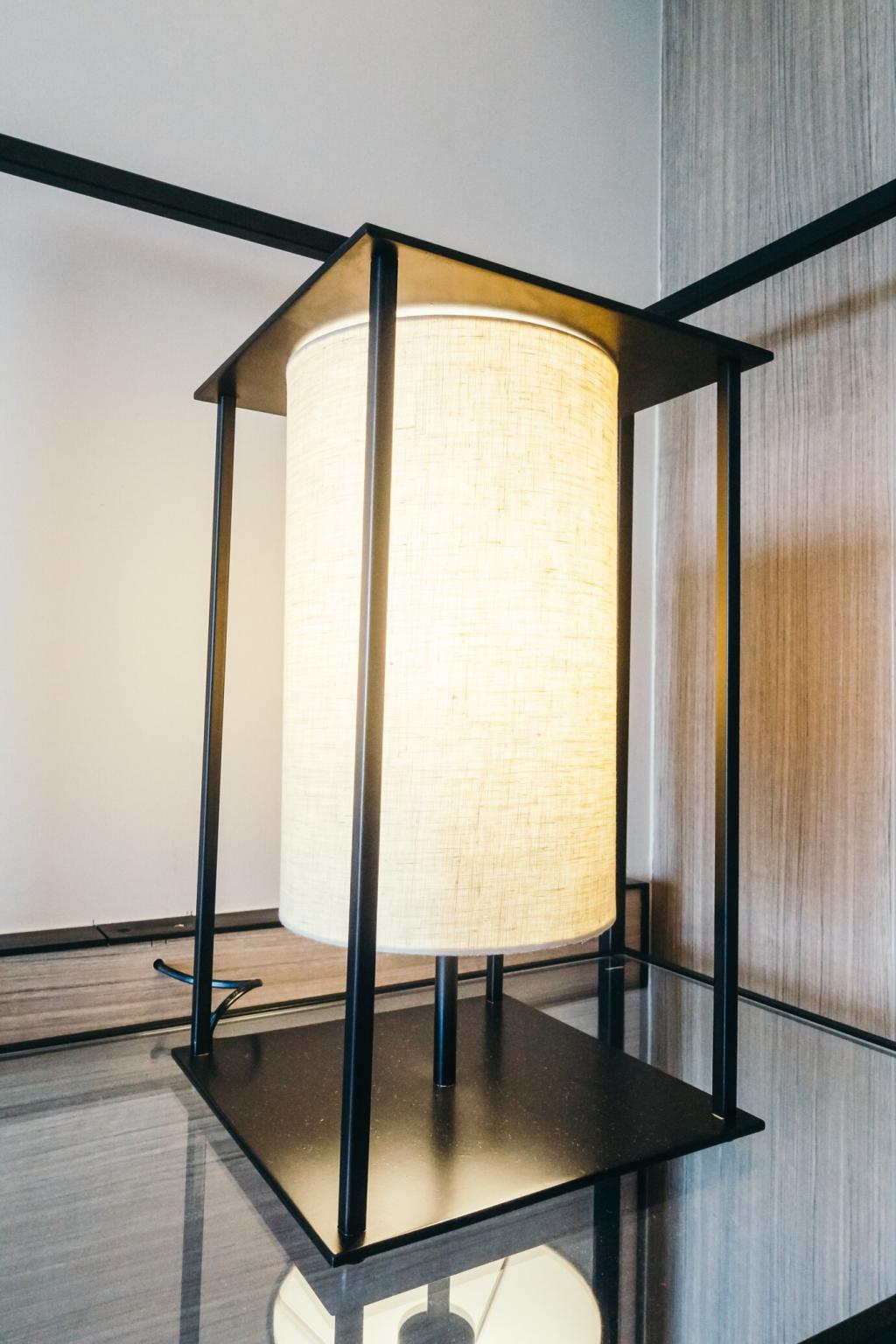
LED Lighting
Compact Fluorescent Lamps (CFLs)
Smart Lighting Systems
